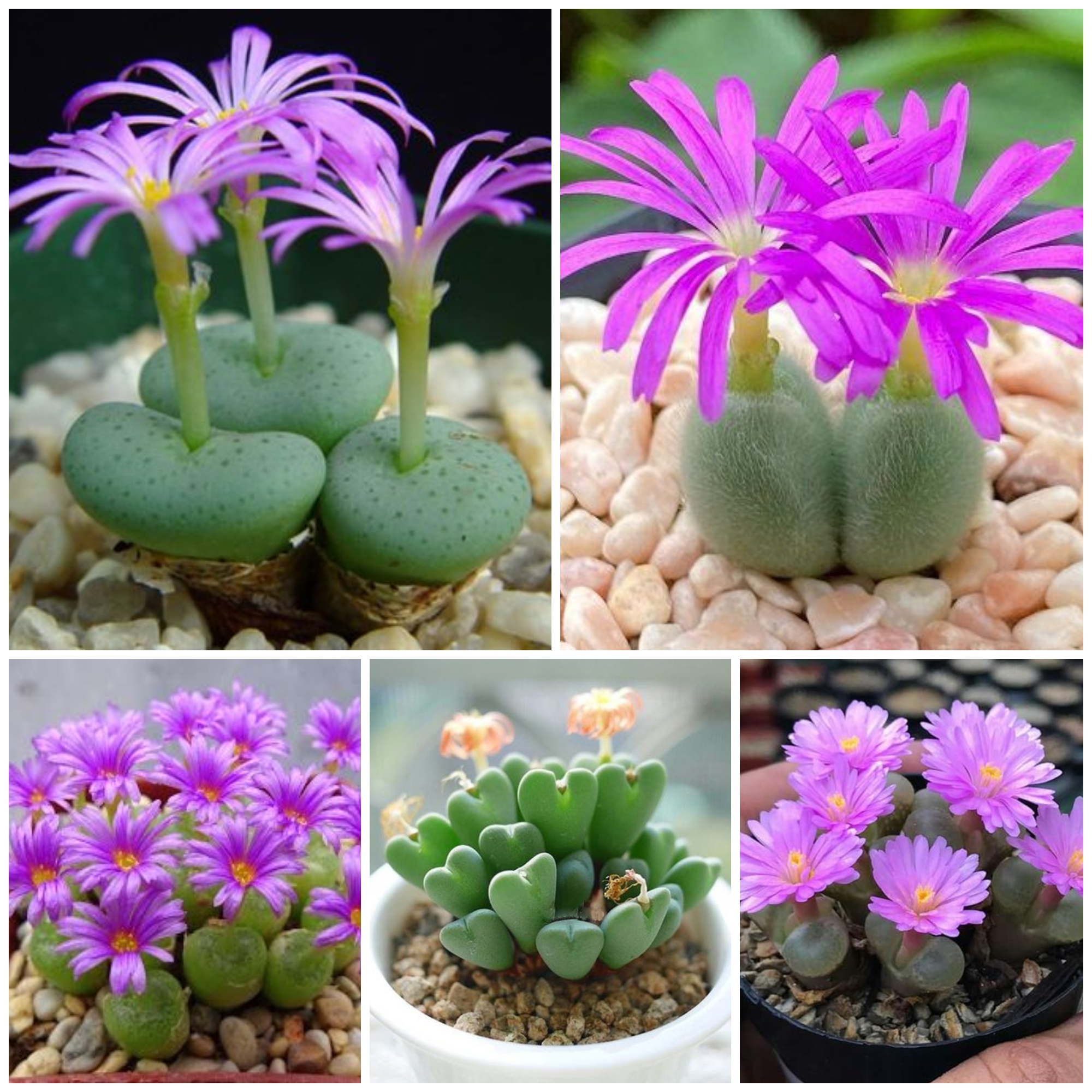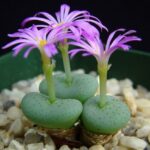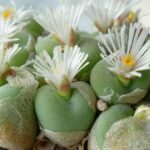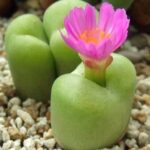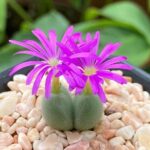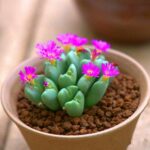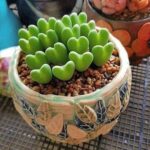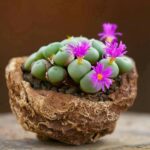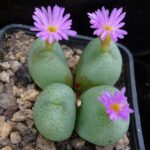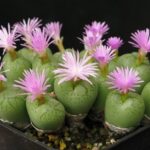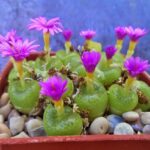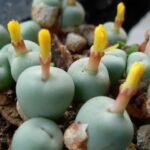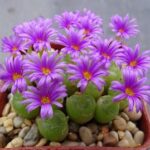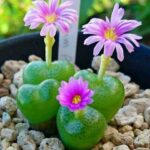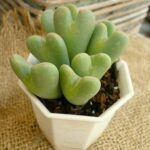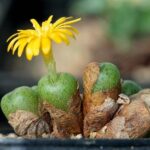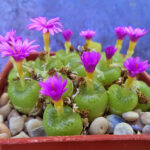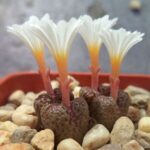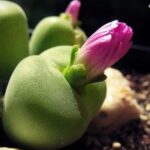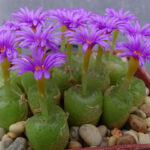Conophytum succulents are a beautiful and unique addition to any succulent collection. These small, round plants are native to South Africa and are known for their striking colors and patterns. Growing Conophytum succulents may seem intimidating at first, but with the right knowledge and care, they can thrive in your home or garden. Here is a comprehensive guide to help you grow healthy and vibrant Conophytum succulents.
Light: Conophytum succulents thrive in bright, indirect sunlight. Place them near a window that receives plenty of natural light throughout the day. Avoid exposing them to direct sunlight, as this can cause their leaves to burn.
Watering: Conophytum succulents are drought-tolerant plants that do not require frequent watering. Water them sparingly, allowing the soil to dry out completely between waterings. During the growing season in spring and summer, water your Conophytum succulents once every two weeks. In the dormant season in fall and winter, water them even less frequently.
Soil: Conophytum succulents prefer well-draining soil that mimics their native habitat. A mix of cactus soil and perlite or coarse sand works well for these plants. This type of soil allows excess water to drain away quickly, preventing root rot.
Temperature: Conophytum succulents thrive in warm temperatures between 65°F to 80°F (18°C to 27°C). While they can tolerate cooler temperatures in the winter, it is best to keep them in a warm environment to ensure optimal growth and health.
Fertilizing: Conophytum succulents do not require frequent fertilization. Feed them with a diluted, balanced fertilizer once every six months during the growing season to provide them with the necessary nutrients for healthy growth.
Propagation: Conophytum succulents can be propagated easily by division or seed. To propagate by division, carefully separate offsets from the mother plant and plant them in a separate pot with well-draining soil. To propagate by seed, collect the seeds from the plant’s flower and sow them in a seed tray filled with a well-draining soil mix.
Pests and diseases: Conophytum succulents are relatively pest and disease-resistant. However, they may be susceptible to mealybugs, aphids, and fungal infections. Inspect your plants regularly for any signs of pests or diseases and treat them promptly with natural or chemical solutions.
With the right care and attention, Conophytum succulents can thrive and bring beauty to your indoor or outdoor space. Follow these essential guidelines for growing Conophytum succulents, and you will enjoy healthy and vibrant plants for years to come.
 redboth.com Decoration ideas for your home
redboth.com Decoration ideas for your home
